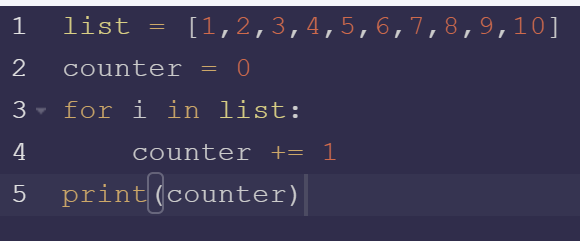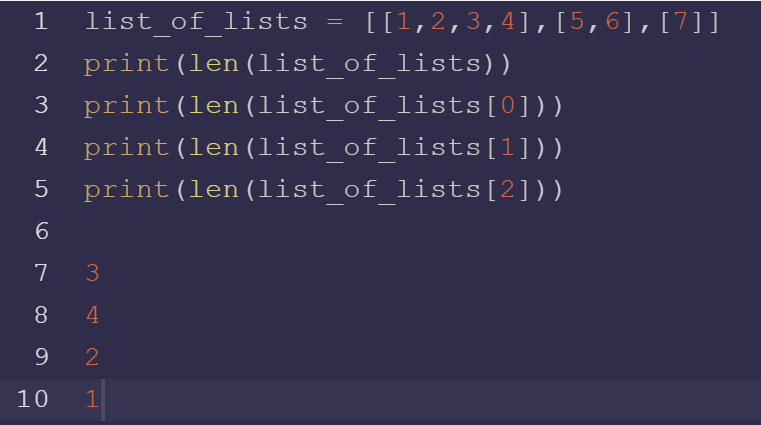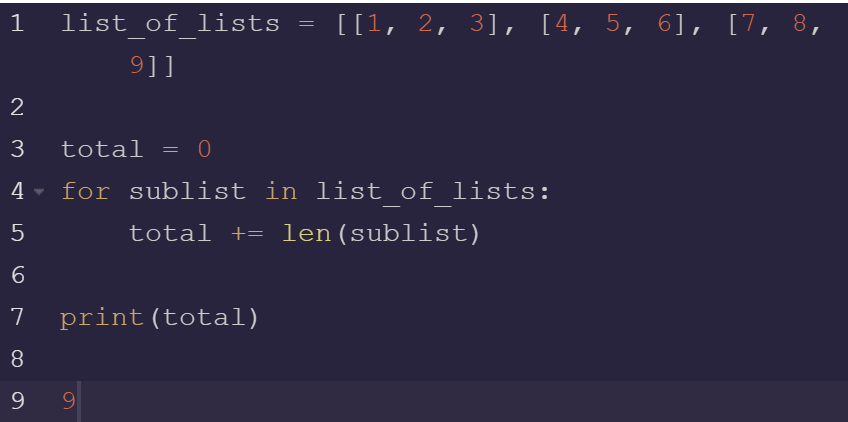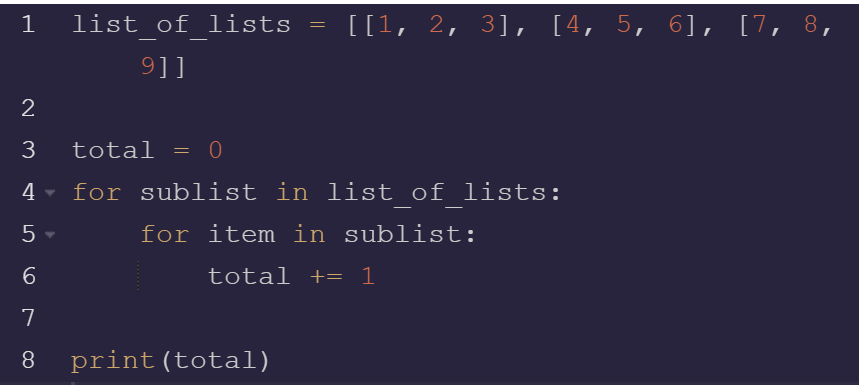There are many ways to find the length of a Python list. For example, using len will give you any Python list length, whether nested or not. There are also ways to find the length of a nested List.
We often work with lists and want to know how many elements you need to perform operations. Therefore, understanding how to find the length of a list is crucial to Python programming. This article will examine several methods of determining the size of lists:
- The native method uses the built-in function len().
- The naive process involves a for-loop.
- Combining these to count elements in nested loops.
All the methods are simple, but the former reduces code lines and increases readability. We’ll compare the two approaches to help you choose the best one for your needs.
Python List Length Using Len
Using Python’s len function, we can obtain the list’s length. Len is an inbuilt Python function that returns the number of elements in the list. The function will return 0 if the list is empty.
A great thing about the Python len() function is that it works in O(1) time. It’s so fast because, within Python, lists store a counter that tracks the number of elements. So when calling len, it is retrieving that number.
To use this function, pass the object you wish to size to the len().

In addition, the len() function also works with iterables like sets and dictionaries.


To determine the size of an object, you must first convert the thing to type str. You can also use len() with a message object to show how long the object is.
The len function returns the number of items in an object, including its null values. Invalid arguments will raise a TypeError exception.
In addition to lists and dictionaries, len() can work with TUPLES and other types of objects such as a list. Unlike lists which typically contain a single level, a dictionary can have multiple levels. Len() is valid for calculating the total number of items in a list and is the default way of figuring out iterable sizes.
Len is the most commonly used method to find sizes of things.
Find the Length within a For Loop with a Counter Variable – Naive Method

To find the length with a for loop:
- Create a counter variable. You can start a counter with a zero value and use it to calculate how many iterations there are within the loop.
- Start the loop iterating over the items in the list.
- Within the loop, increment the counter by one.
- After the loop has iterated over every node of the list, the counter contains the size of the list.
The reason for finding a length in this manner is the ability to add other code within the loop to perform actions on the elements or build other lists based on some criteria.
Length of a Nested List with Len

To get the length of a nested list within a list, we need to extract the sublist from the original, which we do here with an array selector, and either call len on it or run it through a for loop as we have done previously.
Length of a List of Lists
Within Python, the number of items in the parent list is the size or length of a list of lists. Python doesn’t care what those elements are, so to get the length of a list of lists, and we follow the same process we had followed above.
Sum of Lengths of All Nested Lists within a List
We have several methods to find the total number of all the data elements of lists within a list.
- Use one for loop and len()
- Use two for loops
- Use a Python list comprehension
Let’s look at each of these in turn.
One For Loop and Len() to Count All the Data Elements

To use one for loop and len function, we perform the steps in the following manner.
- Create a counter variable. You can start a counter with a zero value and use it to calculate how many iterations there are within the loop.
- Start the loop iterating over the items in the top list.
- Call len on the sublist at the position in the parent.
- Add this number to the counter.
- After the loop has iterated over every list node, the counter contains the number of elements within every list.
Two For Loops to Count All the Data Elements

To use two for loops, we perform the following steps:
- Create a counter variable. You can start a counter with a zero value and use it to calculate how many iterations there are within the loop.
- Start the loop iterating over the items in the top list.
- Start a new loop to iterate over all the items in the sublist.
- Add one to the counter.
- After the loop has iterated over every item of the list, the counter contains the number of elements within every list.
Len() with List Comprehension to Count All the Data Elements

To use a list comprehension, we also use len() as follows:
- Create a Python list comprehension that iterates over all the sublists.
- The comprehension calls len on each of these.
- Call sum to add all the return values together.
Wrapping Up
Python offers several ways to find the length of a list. We’ve shown you five different methods for accomplishing this task in this article. We hope you found at least one way that works well for your specific needs. If not, be sure to explore the other options available in Python. Happy coding!
FAQ
How large can a Python List get?
Python lists are one of the most versatile data structures available. Python lists can contain any mix of data types, including other Python lists, which can be of arbitrary size. In terms of memory usage, the system’s memory is the only limiting factor.
Interestingly, the actual maximum size of a Python list is dependent on the operating system and platform limits for virtual memory address space. On a 32-bit system, for example, the maximum size for a Python list is 4 bytes * 2^32 -1 items, or 4 gigabytes. Similarly, on a 64-bit system, the maximum size for a Python list is 8 bytes * 2^64 – 1 items, or 16 exabytes!
To determine what is available on your system, you may run this from the Python command line.
>>> import sys
>>> print sys.maxsize
9223372036854775807Can You Change a Lists Length in Python?
Yes, you can change a list’s length in Python. The list’s length is the number of items it contains. To change a list’s length, use the len() function to get the current length of the Python list, and then use the append() or extend() function to add or remove items from the list.
For example, if you want to add an item to the end of a list, use the append() function:
>>> myList = ['A', 'B', 'C']
>>> myList.append('D')
>>> print(myList)
['A', 'B', 'C', 'D']Or, if you want to remove an item from a list, use the Python pop method.
How do you find the length of a Python list without using Len?
You can use a counter incremented within a for loop to find the length of a Python list. See here.
How to sort a list of lists according to list length Python?
list_of_lists = [[1,2,3],[4,5,6],[7,8,9]]
print(sum([len(l) for l in list_of_lists]))
9If you want to sort a list of lists use the built-in function sorted.
